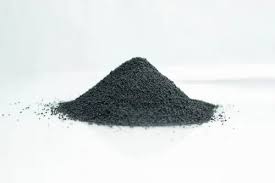Types of Ballistics in Forensic Science

What is Ballistics? Ballistics is a branch of science that deals with the propulsion, flight, and impact of projectiles on the target. The term "Ballistics" finds its roots in the Greek word "Ballein," signifying "to throw" or "to project." It is Colonel Godard who first coined forensic ballistics. He used the systematic study of firearms and ammunition for investigation and justice. Types of Ballistics Ballistics is divided into three major types: 1. Internal Ballistics Internal Ballistics is the branch of ballistics that deals with the study of the projectile inside the barrel of the firearm that is from when the firing pin hits the primer to the time the bullet exists the barrel from the muzzle end of the firearm. It is also known as Initial or Interior Ballistics. Internal ballistics helps in linking the projectile with the firearm by studying scratch marks on the projectile, velocity of the projectile, defects in the barrel, Erratic ...





